Sadd al-Kafara is the oldest dam in the world (9 photos + 1 video)
About 40 kilometers southeast of Cairo, near the city of Helwan, are the ruins of Sadd el-Kafara, a huge earthen dam built some 3,700 years ago. 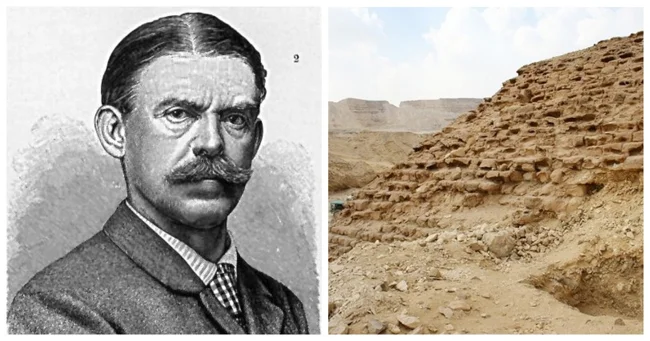
Its primary purpose was to hold back the waters that resulted from sudden storms and severe floods. It also served the secondary function of providing water for the workers and animals involved in quarrying stone and marble for the pyramids and temples in the area. Unfortunately, the dam was destroyed by floods before it could be completed. Rediscovered less than 140 years ago, it is now recognized as the oldest dam of its size in the world. 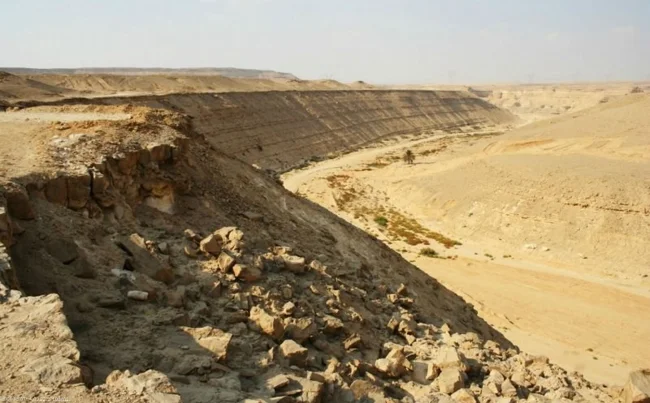
The dam is located in Wadi al-Gharawi, one of many dry valleys in the desert east of the Nile Valley. The dam is located at the narrowest point of the Gharawi Gorge, at the point where the valley narrows to a width of about 100 meters. The dam was originally 113 meters long, 14 meters wide, 98 meters wide at the base, and 56 meters wide at the crest. The core of the dam was 32 meters wide and was to be made of 60,000 tons of earth and rock chips. If completed, the dam would have stored between 465,000 and 625,000 cubic meters of water. Today, only the ends of the dam on either side of the wadi remain. The central part has been washed away, leaving a hole approximately 50-60 meters wide. 
The location of the dam in the Wadi Gharawi is something of a miracle. It is believed that the dam was not built for irrigation, but to control flash floods that are common in narrow valleys. There is no evidence of cultivated land around the dam that would require water for agriculture. The lack of spillways on the dam also indicates that the reservoir was not built for irrigation. However, the lack of significant settlements in the vicinity raises questions among various authors about what exactly the dam was intended to protect. The generally accepted view is that the Sadd el-Kafara Dam was built to protect the lower Garawi from flooding and to protect the area where settlements probably existed at the mouth of the Nile. 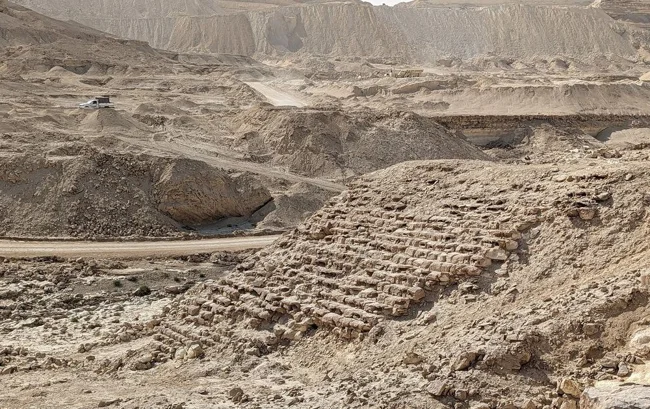
The downstream side of the dam shows signs of erosion, suggesting that it was ultimately destroyed by a flood. Furthermore, the lack of a spillway and any evidence of a trench or tunnel to redirect water around the construction site contributed to this vulnerability. While the upstream section was nearly complete, the downstream section was still unfinished. The crest of the dam slopes inward, which may have been intended by the engineers as a spillway. However, since the upper part of the dam was not flattened, it was not protected from floodwaters that could spill over the crest. 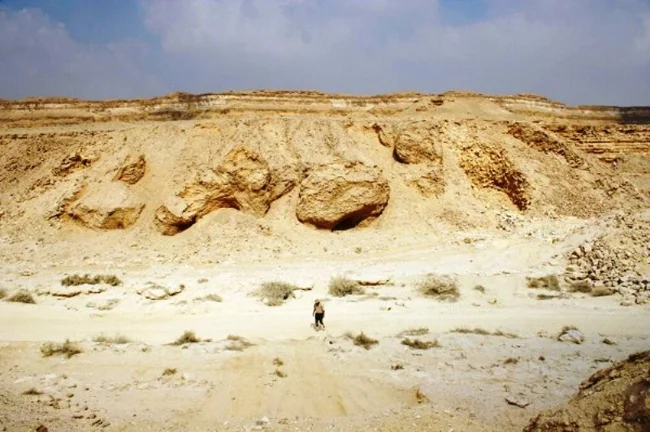
The failure of the dam probably caused a catastrophic flood in the lower wadi. The impact of the disaster was so terrible that it discouraged the early Egyptians from building other dams of the same composite cross-section for nearly eight centuries. 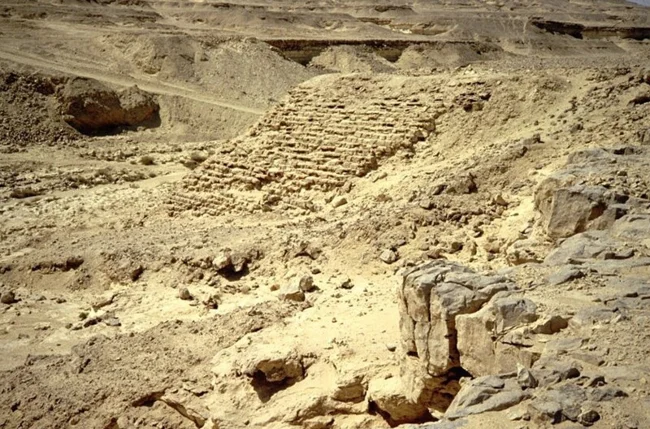
The dam was discovered in 1885 by German archaeologist Georg Schweinfurth. The missing middle section and open cross-section allowed archaeologists to study its construction. The sides of the dam are said to be in excellent or near-perfect condition considering the age of this ancient structure. 
































